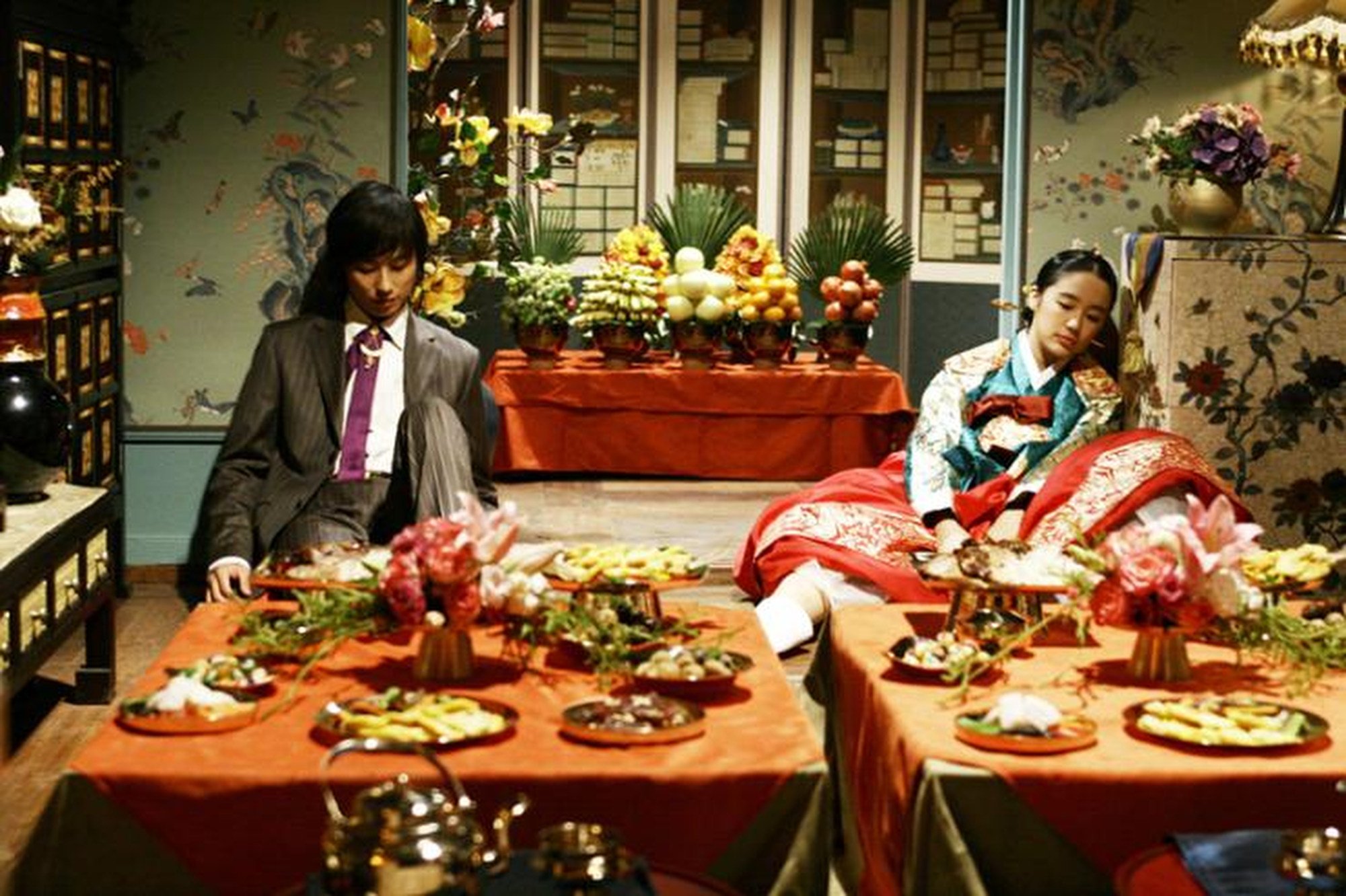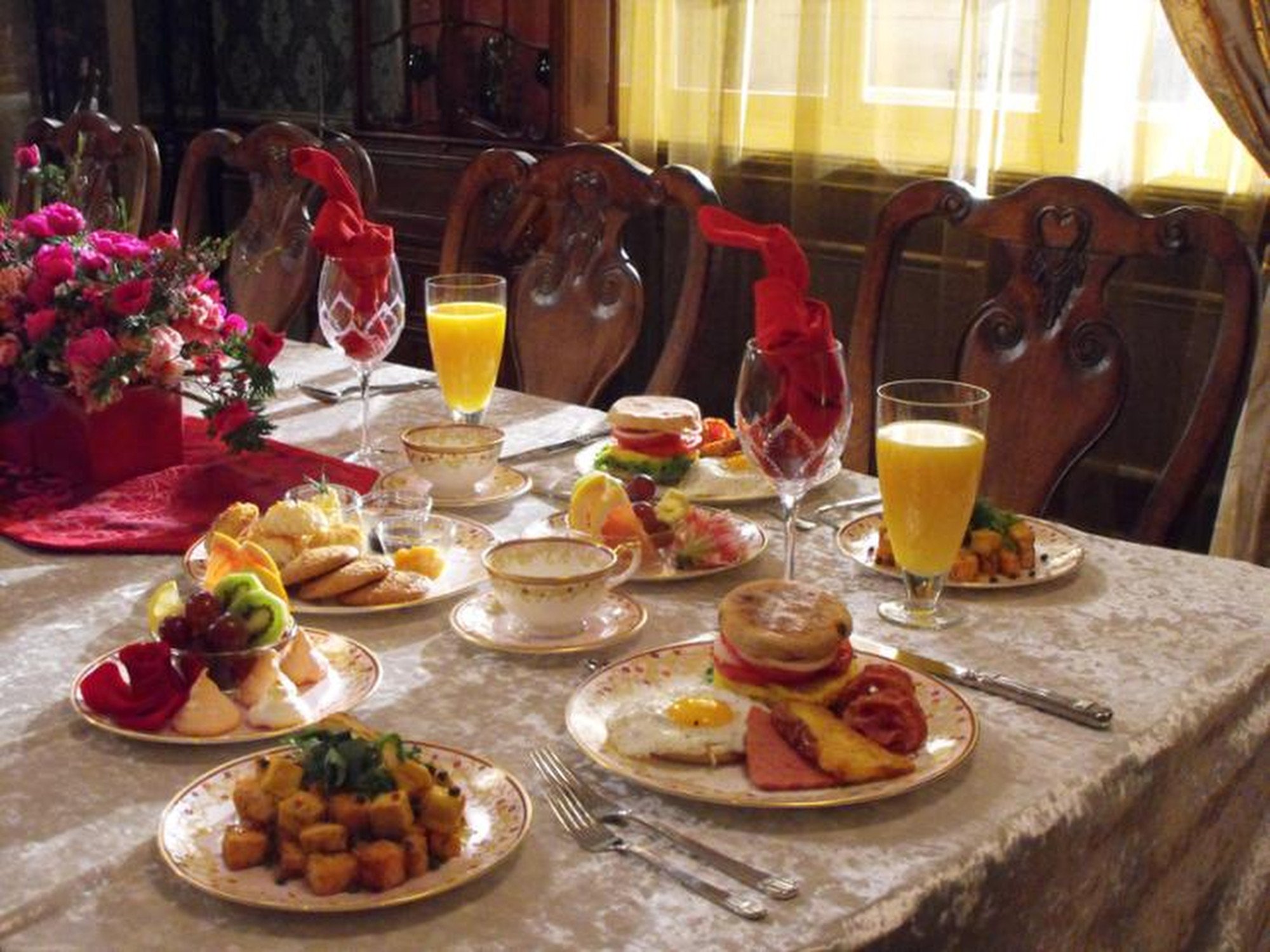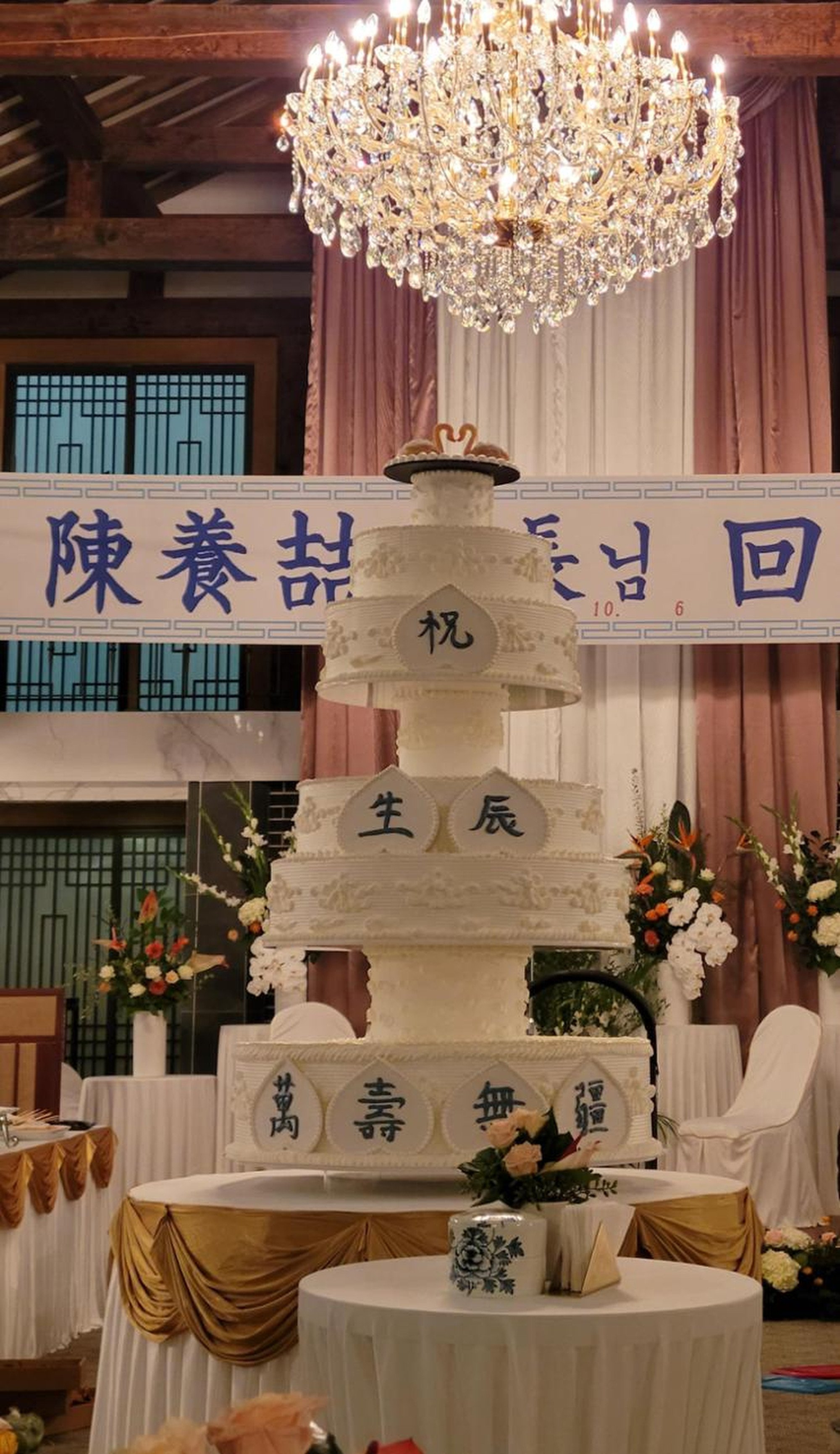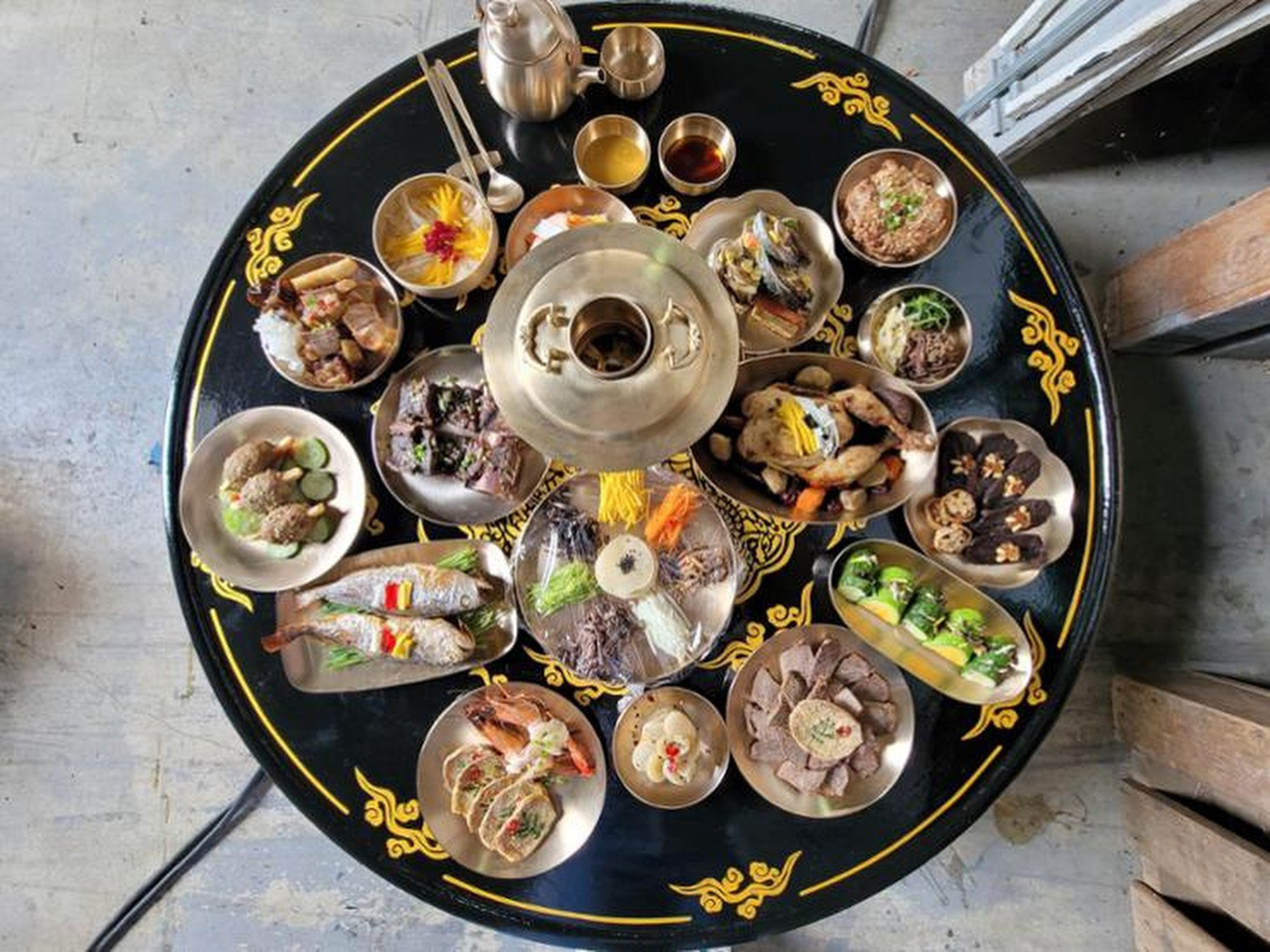
How does the food in K-dramas look so good? Thank this food stylist, a trailblazer in her field
- If the food in Korean dramas and films has you salivating, it is likely thanks to people like Ko Young-ok, the first ‘full-time’ food stylist for K-dramas
- Ko, who created the spreads seen in shows including Mr. Queen, Reborn Rich and Princess Hours, says food stylists must double as entertainers
By Park Jin-hai
Ko Young-ok of Chorokchanjang Studio is something of a trailblazer in her field – she is South Korea’s first “full-time” food stylist for Korean dramas and films, a career which truly kicked off with MBC’s 2006 romance drama Princess Hours.
“Back then, the profession of a food stylist was just emerging. Typically, the food seen in dramas was prepared by [a broadcasting company’s] food team staffers,” Ko says. “I was the first full-time food stylist hired for that drama.”
Ko has worked on a number of hit shows during her 20-plus-year career, many of which helped fuel the K-drama craze around the world.

Ko, who studied French literature at Korea National Open University, embarked on a two-year food styling course at the Asian Food and Nutrition Research Institute at Ewha Womans University in 2002.
Weary of Wagyu? How about Hanwoo? All about the Korean luxury beef
Her first food styling work for a television show – lunchboxes for a five-minute drama series in 2003 – came when she was still a student. The series told the stories of ordinary people in everyday situations and was praised for its realistic portrayal of Korean life.
“Director Hwang In-roi wanted really special lunchboxes but, back then, there were no pretty lunchboxes,” Ko recalls. “I had to make them from scratch. It took several days to prepare lunchboxes.”
After that experience, Hwang called her again for his romance drama Princess Hours. The show, set in an alternate 21st-century Korea that has kept its monarchy and imperial family, tells the story of Crown Prince Lee Shin (Ju Ji-hoon) and his bride Chae-kyeong (Yun Eun-hye).

It became a major hit and played a significant role in spreading hallyu, or the Korean wave, internationally.
Ko says shooting the couple’s wedding scene in Macau was very special.
“Everything was kept secret and I just carried scissors and wire with me just in case. After I arrived in Macau, I heard that I had to prepare for a wedding scene,” she says. “I ran around the streets at night to find materials to make corsages, a flower crown and flower decorations for a church wedding. I spent all night making flower props.”

According to Ko, food scenes in dramas require at least two to three people to prepare it, while party scenes need at least five. The party scene for Reborn Rich, a fantasy drama telling the story of a family-owned business conglomerate, was a big challenge.
“It took nearly two months for me to get ready for the brief party scene of the drama. It was quite costly as well, to tell the truth. Counting everything including labour costs, the scene alone cost the production team 50 million won [US$37,000].”
Ko says a food stylist should be the one who “plans the space”, and colour plays an important role.
“Colour sets the tone. When I was preparing the food scene of the film The Sword with No Name (2009) – set during the Joseon dynasty and featuring the Empress Myeongseong – the director wanted the colour of the foods to be dark, implying her looming doom {her assassination],” she explains.

Ko teaches students at various culinary schools.
“I often advise my students that food stylists should embody the qualities of all-round entertainers, serving as jacks of all trades,” she says. “It doesn’t matter how expensive the plate is, if the food complements it perfectly, it will look amazing.”

